Friday Jan 10, 2025
Friday Jan 10, 2025
Friday, 30 October 2015 00:15 - - {{hitsCtrl.values.hits}}

Association of Professional Bankers (APB) Secretary Aruna Fernando, Union Bank of Colombo Chairman P. Jayendra Nayak, APB President Deepal Abeysekera, Central Bank Governor Arjuna Mahendran and APB Snr. Vice President Sashi Kandamby Jassim 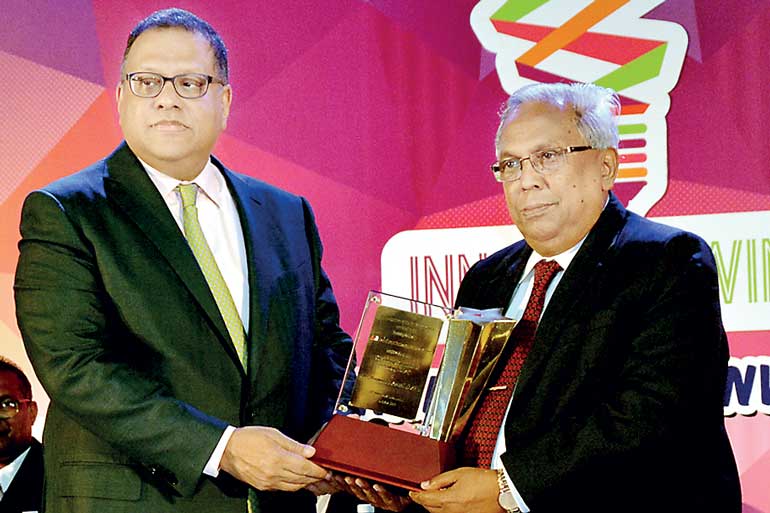
Veteran Banker Sarath de Silva awarded for outstanding contribution to the banking industry
By Uditha Jayasinghe 
Bankers need to innovate to meet the challenges of an ever-changing world, insisted the speakers at the inaugural session of the Association of Professional Bankers yesterday.
Delivering the inaugural address as Chief Guest, Central Bank Governor Arjuna Mahendran elaborated on the challenges before Sri Lanka, which would require professionals to use the convention’s theme ‘Innovate to Win’ to spur development.
“The whole concept of innovation rings extremely loud in our years now because Sri Lanka finds itself at a juncture where it has to harness innovation to move forward. Charles Darwin you may recall said something to the effect that it is not necessarily the strongest or the most intelligent but the most adaptable that survives and that summarises where Sri Lanka is today,” he said.
The political changes of this year indicate people want to forge forward, change something of the past and innovate, he noted. “In the political space steps are being taken to remove several impediments in the Constitution. The point is we have a vibrant civil society who is willing to adapt. Sri Lanka is whipped around by global changes and it is our duty to steer or give direction of this change. So take a step back and see what these changes are and encourage debate. We really have to get it right this time and make sure this country is put in an exalted path of innovation and positive change ahead.”
Touching on the financial crisis of 2008, the Governor pointed out that soon thereafter Sri Lanka managed to resolve the conflict and move upwards from an economic perspective because that period coincided with an environment for strong growth. GDP grew from $ 25 billion to $ 75 billion, about three times, during the five years from 2010. However, putting this development in context, Mahendran pointed out that during the same time the garment industry in Bangladesh grew from $ 5 billion to $ 20 billion “so the growth wasn’t as impressive as we might think given how our neighbours fared”.
“We don’t have any excuse not to have grown faster. So have to look at things differently and leap the hurdles that have been hampering our growth. The political side is being resolved to heal the country, that I think is being taken forward and that in itself is a bold innovation. The Government is prepared to learn from different countries. Even this controversy of foreign judges in the reconciliation process, if you take a step back, it shows a desire to learn from international best practices.”
Loan traps
The Governor pointed out Sri Lanka had previously fallen into a “trap” of depending on foreign earnings to fund development. “A lot of concrete has been poured on loans borrowed at high interest rates, which is fine if we could get significant returns but the numbers suggest otherwise. Despite our high per capita income, the Government taxes our people like a sub-Saharan country. Currently tax revenue is around 10% and that is pretty pathetic, I don’t mind saying in public. So the Government can’t finance its debt, much less run the rest of Government functions, and that needs to change.”
The Governor went on to say Sri Lanka will “make it or break it simply on the basis of whether this country can tax its people on an equitable level the poor are taxed more than the rich, that is the truth, a lot of taxes are indirect and this is where innovation is needed. You have to assist to resolve this issue as privileged members of society.”
“One thing we have looked at is online ways for people to pay taxes, we have to simplify taxes, more than 30 types of taxes, which people don’t like because they don’t understand it, or there are lots of tax holidays. Everyone has to get involved and rationalise this system. This is where we fall behind,” he added.
Mahendran emphasised that inefficient legal systems to resolve business disputes had resulted in the country’s investment climate becoming bottlenecked.
“In the latest Ease of Doing Business rankings by the World Bank, our worst showing is on resolving contract disputes. This again seems odd, especially when we have so many learned people, but the arbitration system in outdated and it’s not time-bound and this is another issue where we have to innovate. We need judicial innovation if we want to move forward on this front. These are some of the ways the banking industry can get involved.”
Another sector where Sri Lanka needs help is State Owned Enterprises (SOEs), which are all run by significant lending from the Government and State banks that have to offer low interest loans to these institutions and as a consequence they suffer losses and have to widen the spread between their losses and profits.
“If these inefficiencies are allowed to continue, then the whole public suffers. We have to figure out a way to make SOE work better so our banking industry can work better. We actually import passion fruit to Sri Lanka because we don’t produce enough, which is unheard of. We are being held back because we are not being as innovative and imaginative as we can be. I’m very optimistic as it doesn’t take much to fix this country and I’m confident if we can harness the minds of the younger generation they can give us solutions for these issues. Sri Lanka has a very positive future.”
Keynote
Innovation has given Indian private banks the edge in the market and helped push the sub-continent’s economy forward, noted Union Bank Chairman Dr. Jayendra P. Nayak.
Presenting the keynote address under the title ‘Innovate to Win – Indian Experience’ he outlined how the new private banks that opened up in the mid-1990s moved swiftly to target the fasted growth demographics and used technology innovation to bring the best products to their clients, eventually dominating public banks.
“As we look around the world we are struck by the deep forms of innovation, especially in products that enter the industry and we have all seen that innovation can cause disruption in our markets. We need to identify sources of innovation elsewhere. Banking is among the most tightly regulated industries in the world, so it is difficult to introduce new products. Under a rule based industry it is almost impossible to introduce a brand new product as the regulator has to approve it first.”
Following the 2008 financial market collapse there was an acknowledgement that innovative can come with heighted risk. So the crisis set regulators against product innovators but other sectors have innovated significantly. In India until the late 1960’s there was only one public bank, which was the State Bank of India and the rest was in the hands of the private sector, but in subsequent decades most banks were nationalised, he recalled.
Banks that survived were very small banks and then in the mid-1990s as part of the Indian economy opening up led to a new set of private sector banks. Given the current level of change, the market will likely tip to give more space to private banks, he opined.
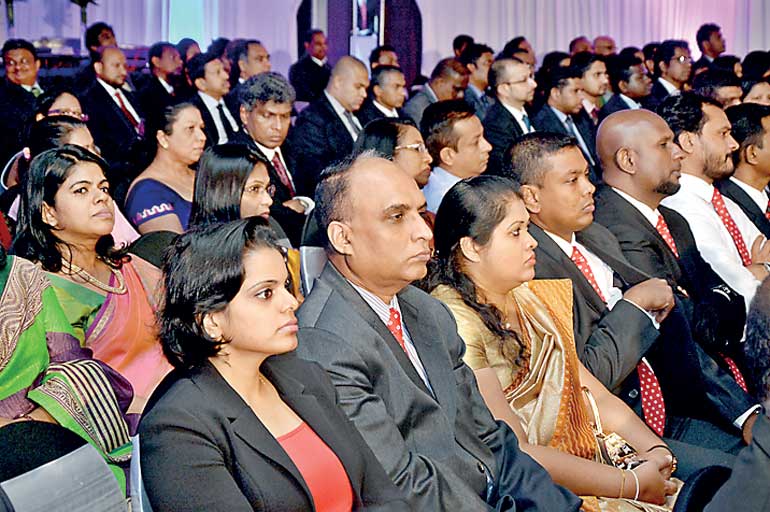
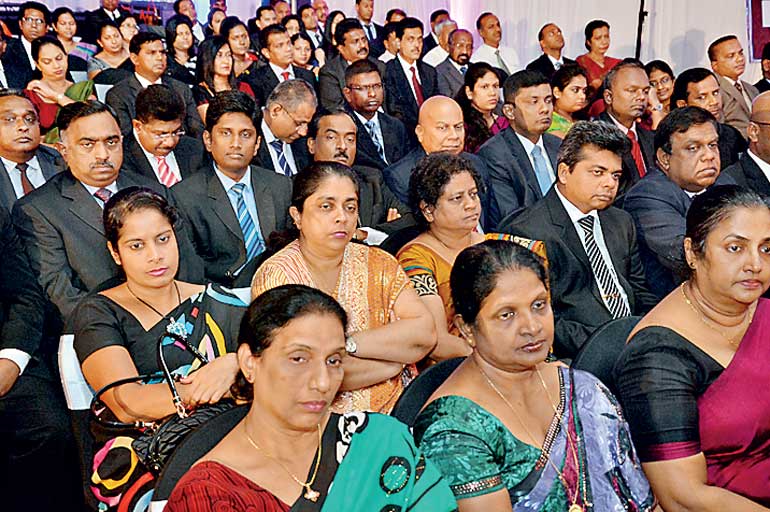
Indian lessons
“My sense is that there will be a major push towards private banks. Private banks have a better fee income, offer better interest rates and have four times better employee efficiency. Return of assets also puts private banks ahead. The markets have begun recognising this and price to book ratio is nearly thrice as large as public banks. It needn’t have happened like this as other countries have well-run public banks, even in emerging markets, but India has not managed this.”
When private banks began business, technology allowed for the centralisation of core banking software. Twenty years ago private sector banks in the India were the first to innovate to absorb this into their companies, but public sector banks tried to follow, though their counterparts were faster, Dr. Nayak said.
In the process private banks transformed their branches into client servicing agents. This helped them to focus more on the people than the transaction processing, which had earlier taken up the bulk of time and effort. Bankers had the time to meet and talk to customers and take up more business budgets and the branches became pure process innovators. Seven years ago as much as 60% of transactions had been centralised and only20% remained in the branches.
Such innovation changed the entire business model of banking and transformed enabling the sales and distribution channels to grow. Because the banks had more space, they not only did their own business they also started doing the business of others, which eventually resulted in ATM machines as it reduced branch transaction costs. In net terms this actually started to make money for banks and it evolved into internet banking and mobile banking of today.
“Current research also shows private banks focused on the middle class, which was growing exponentially. International banks focused mostly on the affluent while the public banks focused on the socially vulnerable. The new private banks dedicated themselves to developing business models with the mass affluent and also looked into low cost outsource teams to handle the poor masses. This strategy brought them dividends because they found the businesses they were acquiring brought them the most profits as it mirrored where the economy was going.”
The massive rise of India’s middle class also brought innovative products such as third person products, insurance and in the last three years mutual fund earnings and cash management that has grown explosively. In the last two decades private bank assets grew from just four trillion Indian rupees to 45 trillion Indian rupees.
“Lots of people have referred to the 2008 crisis but one of the most perceptive comments that I have heard is ‘the difference between medicine and poison is dosage and wellbeing depends on getting our dosage right’. I found this the best evaluation of this global episode,” he said to laughter from the audience.
Continuing his lighter remarks, Dr. Nayak referring to regulators and bankers noted, “Dog lovers and their pets soon begin to resemble each other because each side tries to understand each other. If banks behave, then regulators are quite kind to them. If they do not behave, then so do zoo wardens and their wilder animals too begin to resemble each other.”
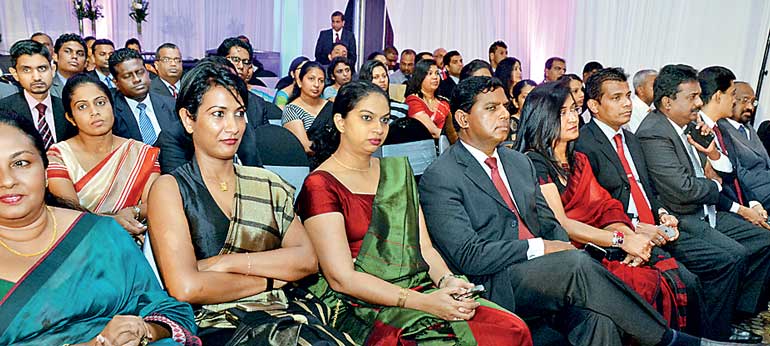
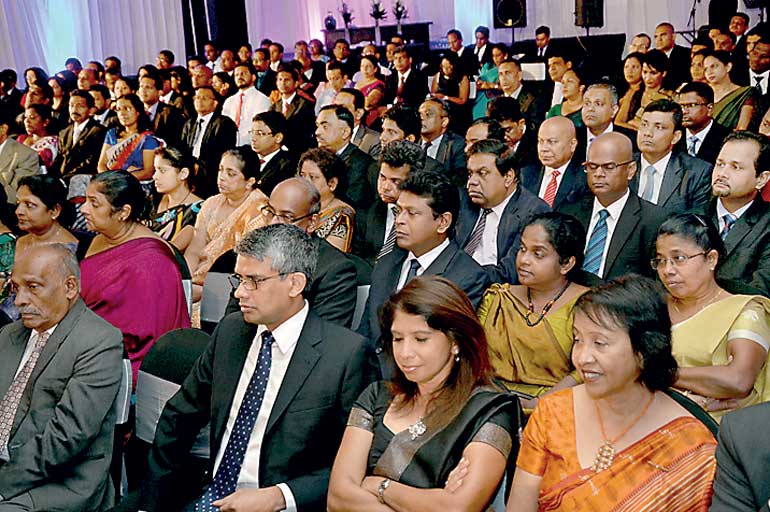
Professional responsibility
The time has come for ideas to bear fruition, looking forward to the new chapter of the ‘Innovate to Win,’ which is the theme of the conference. It is essential for banks to innovate given the emerging global paradigm that will also aim to service all the sectors of the Sri Lankan economy, stated APB President Deepal Abeysekera.
“It is important to find out whether innovation has the same impact on banking as it does other industries and the globalised culture we work in. The conference will also look holistically at the challenge to innovate and measures needed to move ahead,” he said, extending a warm welcome to all resource personnel who will be sharing their ideas and views at the many technical sessions today.
Bankers are tasked with driving the economy and therefore have to think beyond simple business and drive innovation, he said.
“We have been tasked with leading the banking sector and it is a responsibility we must take very seriously. We are the ones who drive the economy and the country to win.”
He insisted the ABP had added value to the industry by encouraging it to think “without boxes”. He also stressed that the country was looking for bankers to innovate, which had put even more onus on banks to look for fresh solutions to new challenges.
“As professionals, innovation to win is the ethos of our culture but innovation alone is not enough. Hard work and professionalism are the other elements that have to be combined to ensure success and development for the industry and country.”
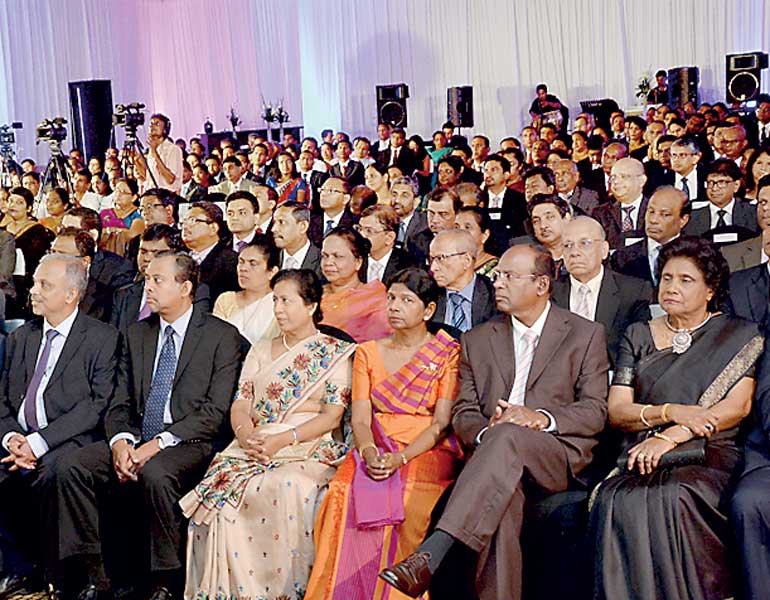
Pix by Upul Abayasekara